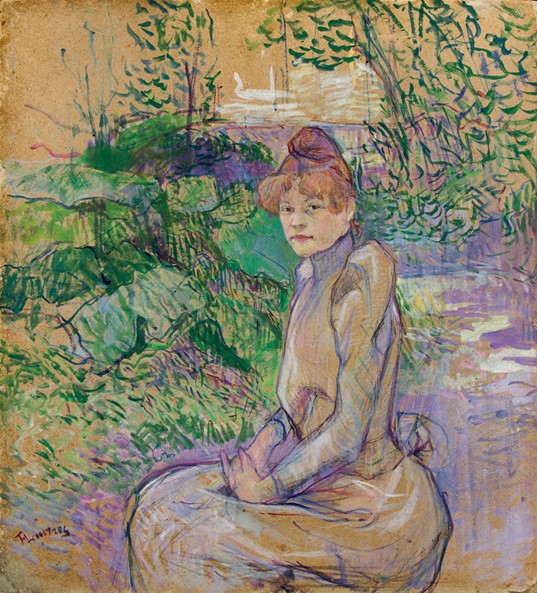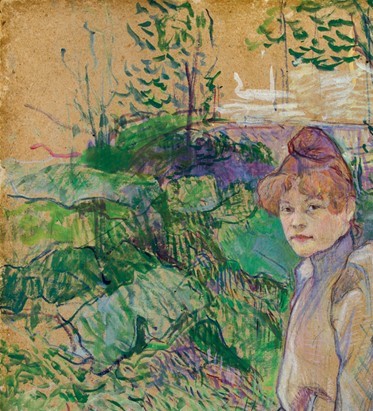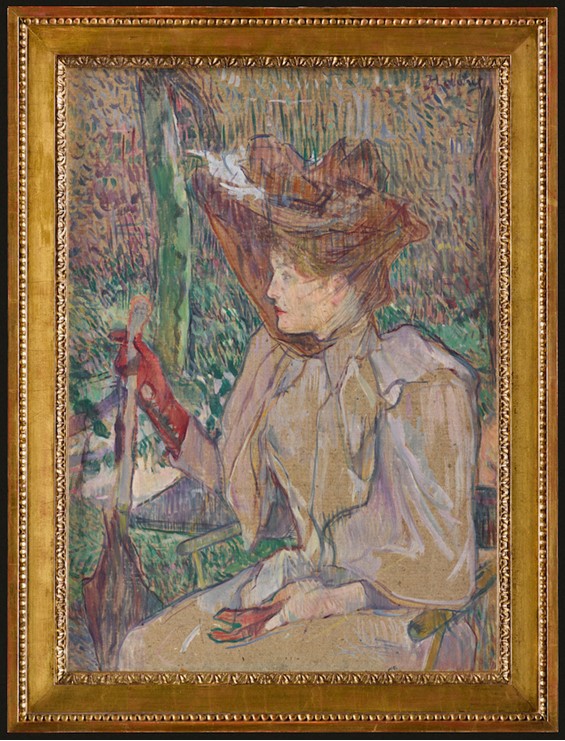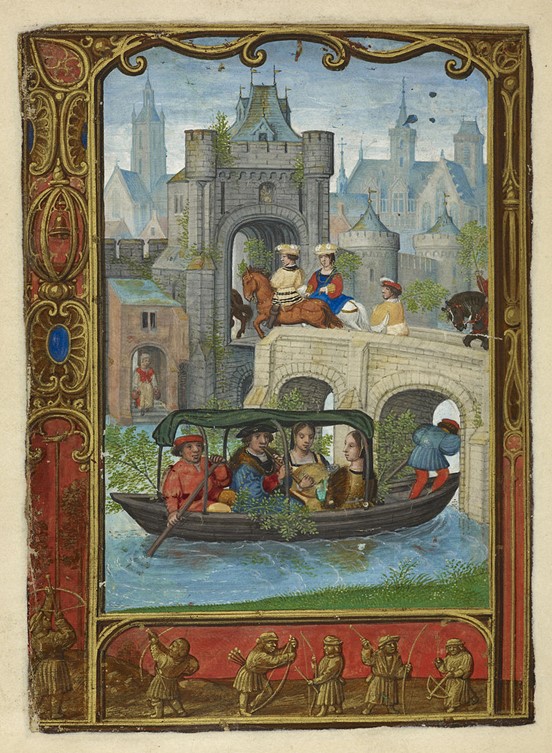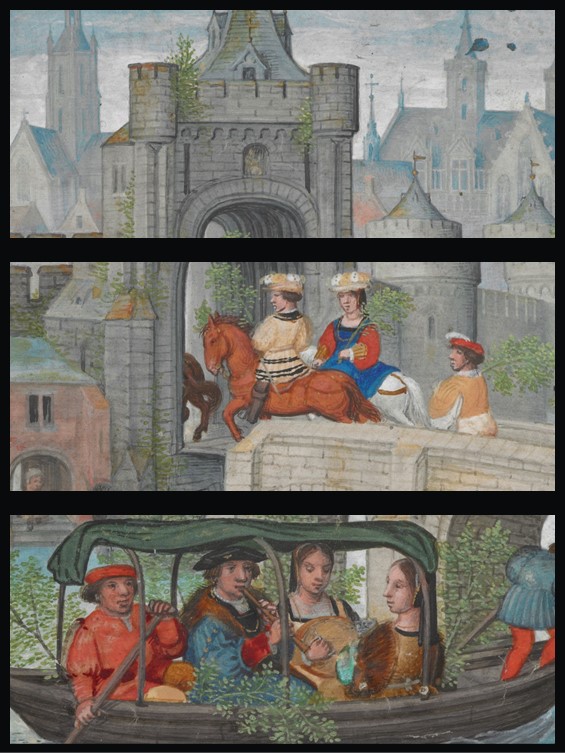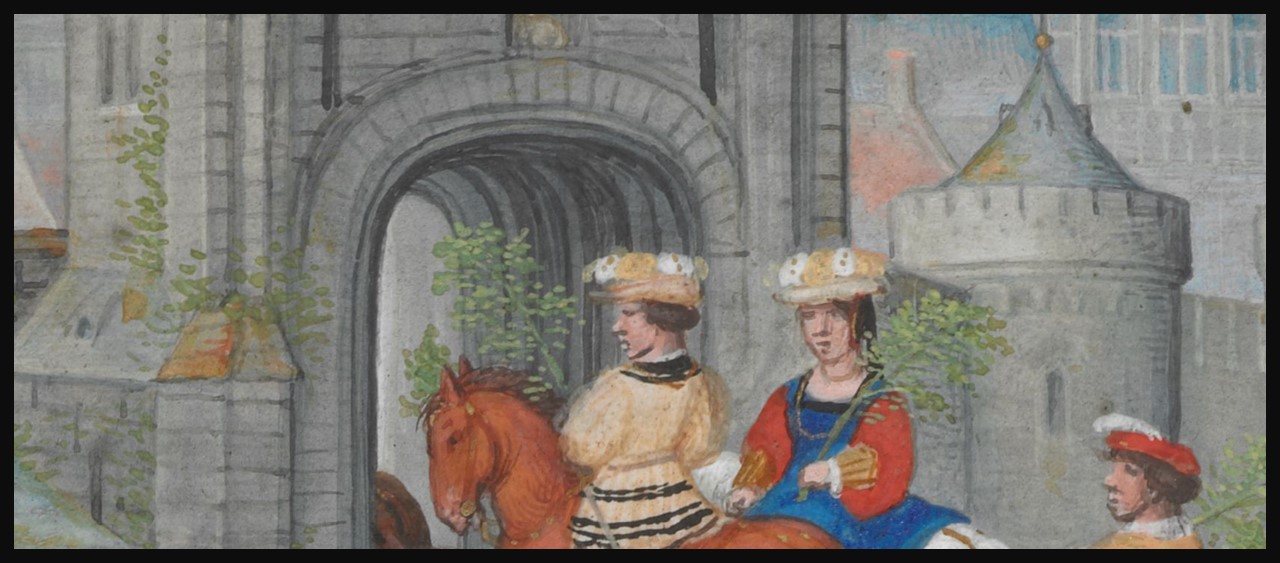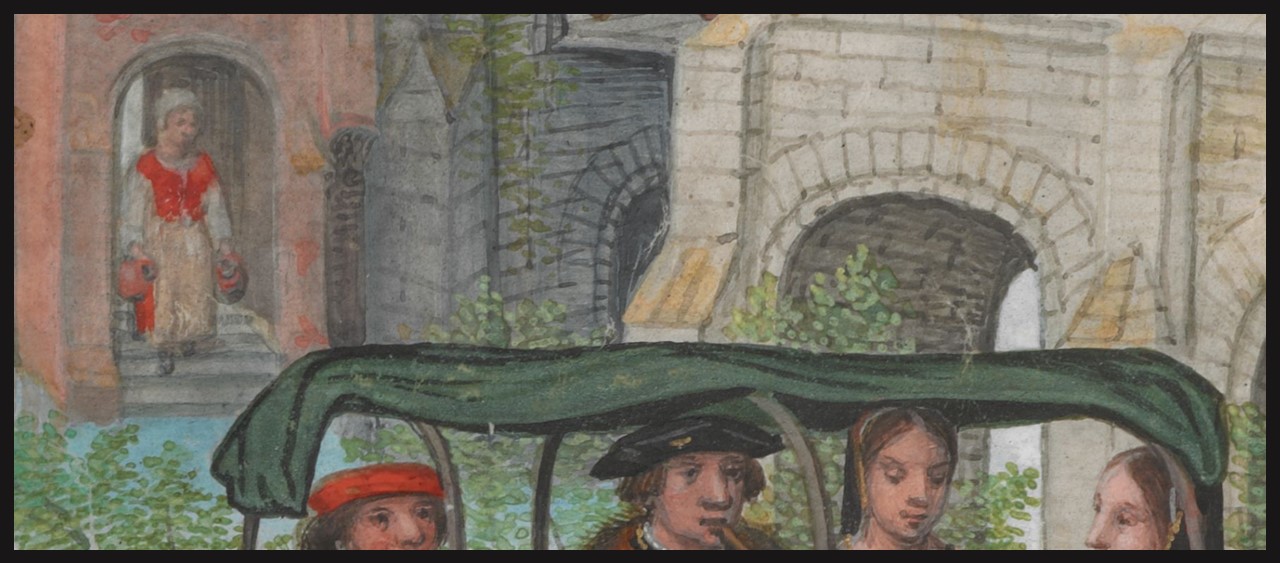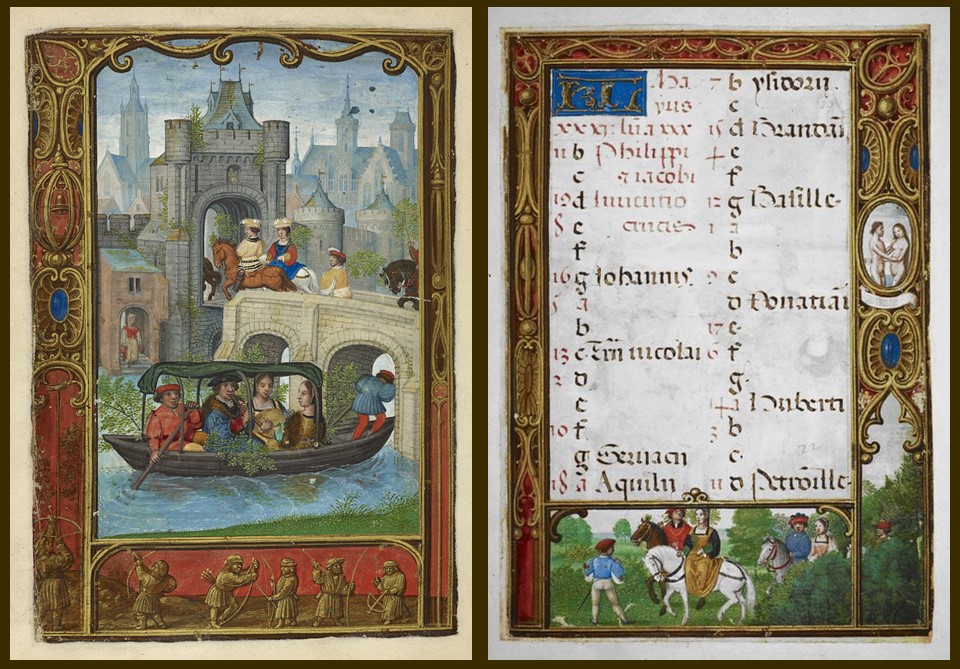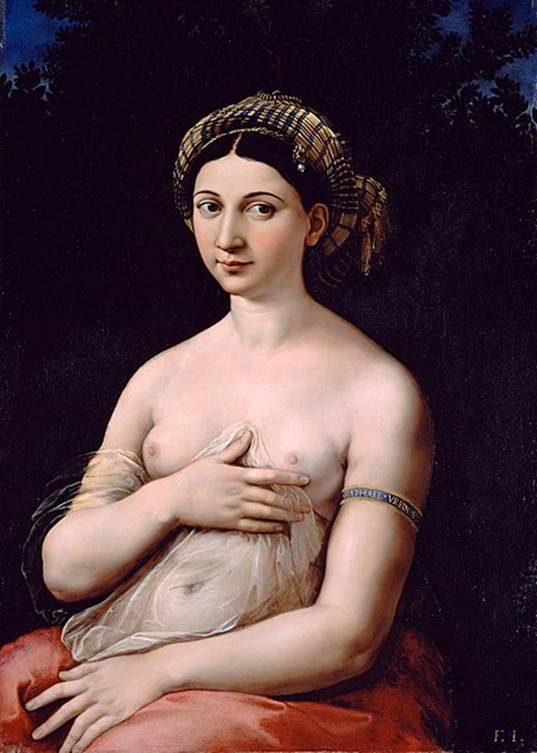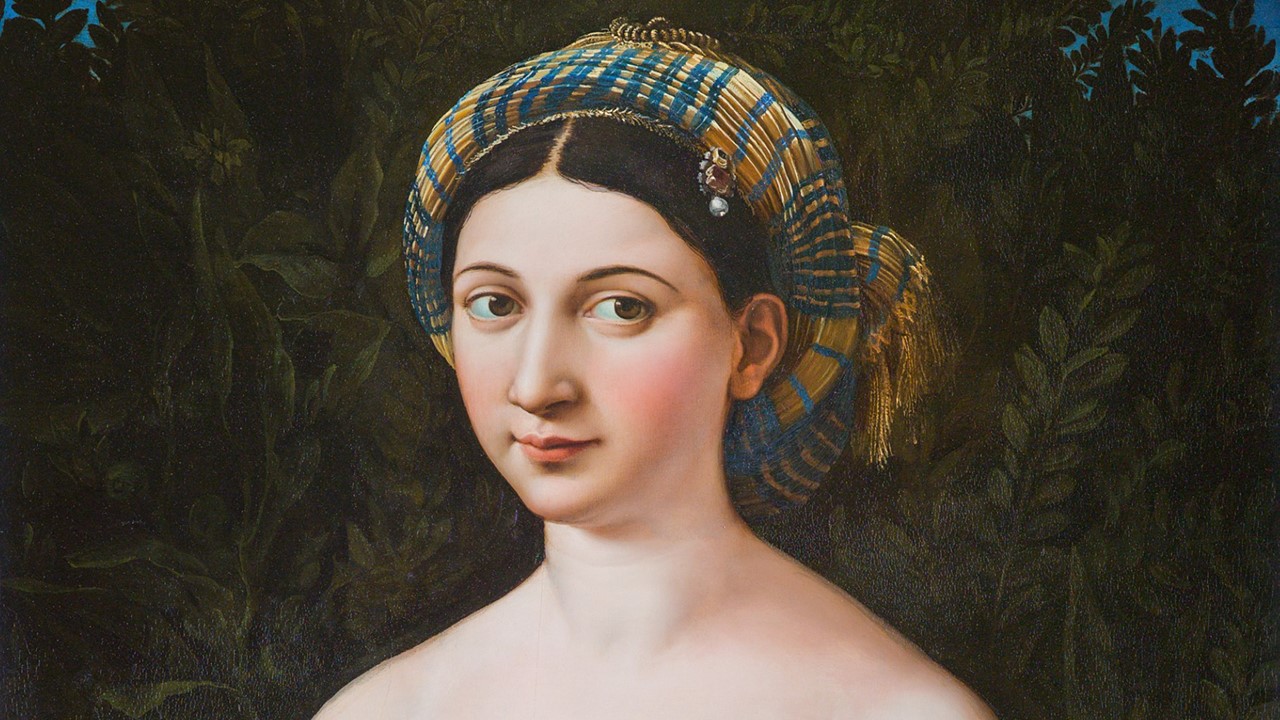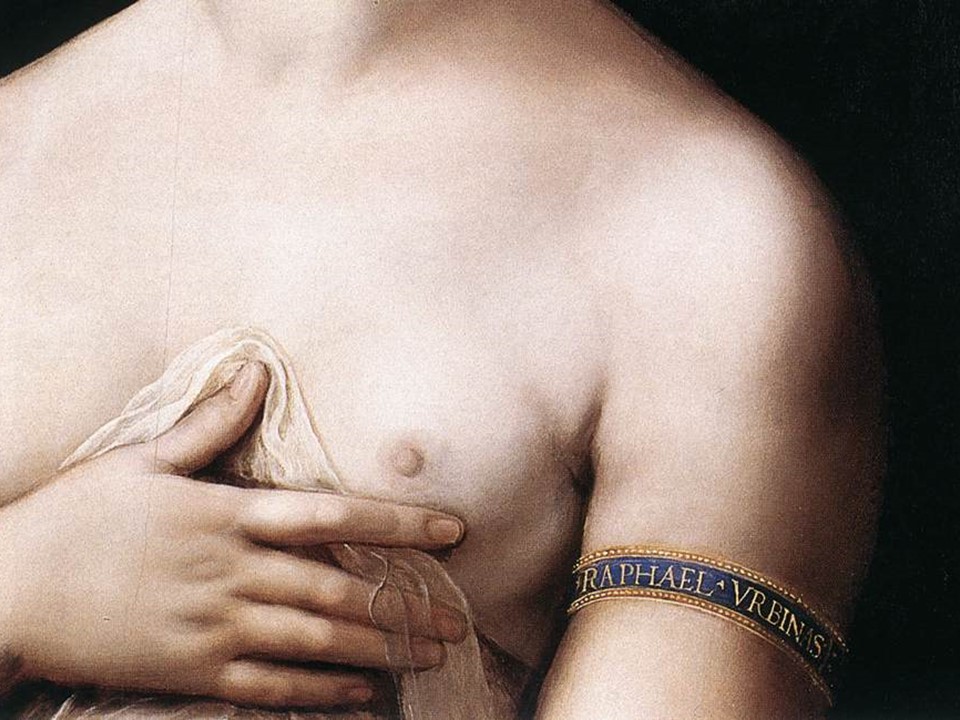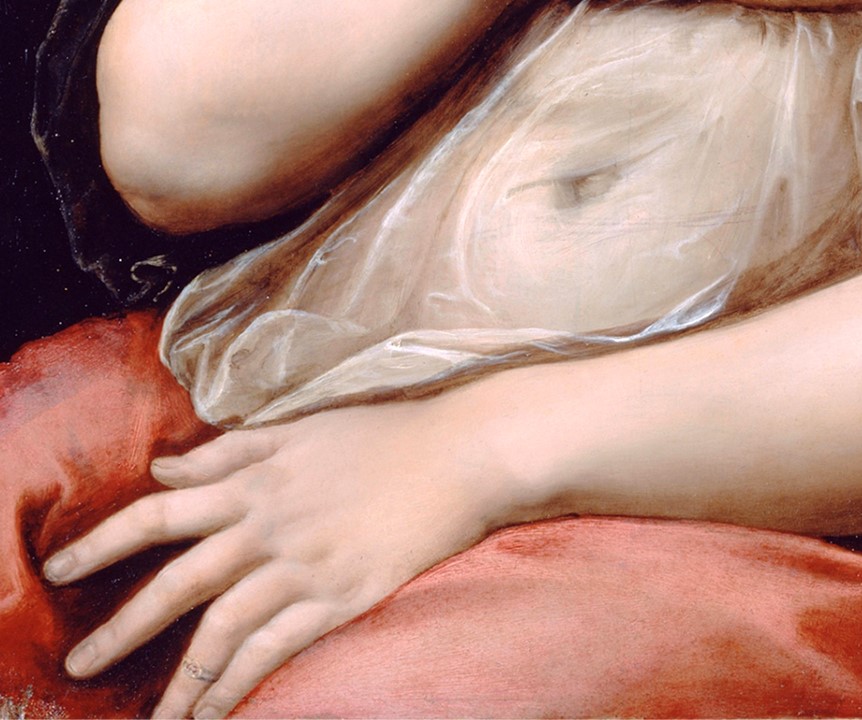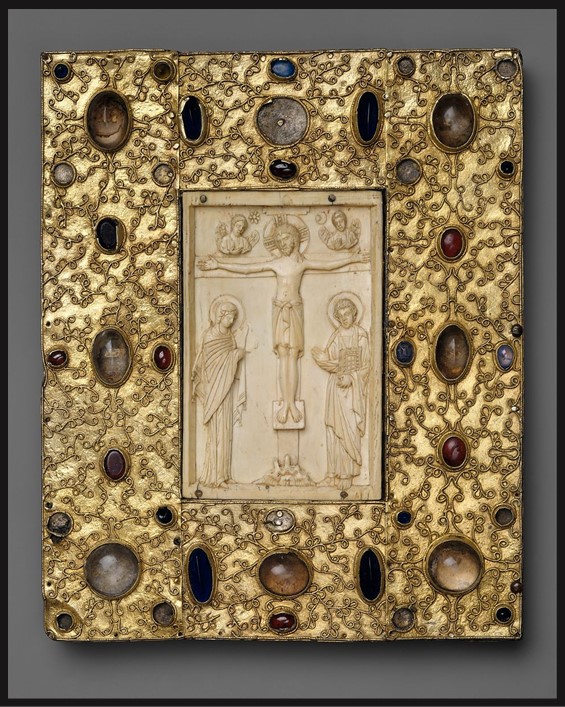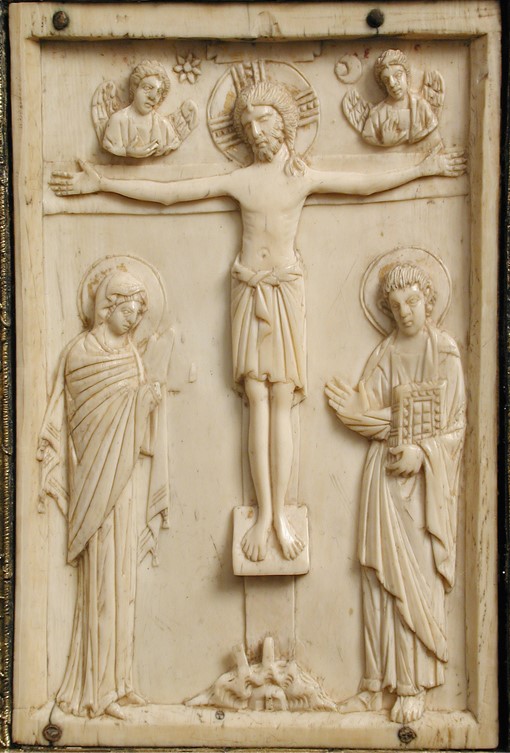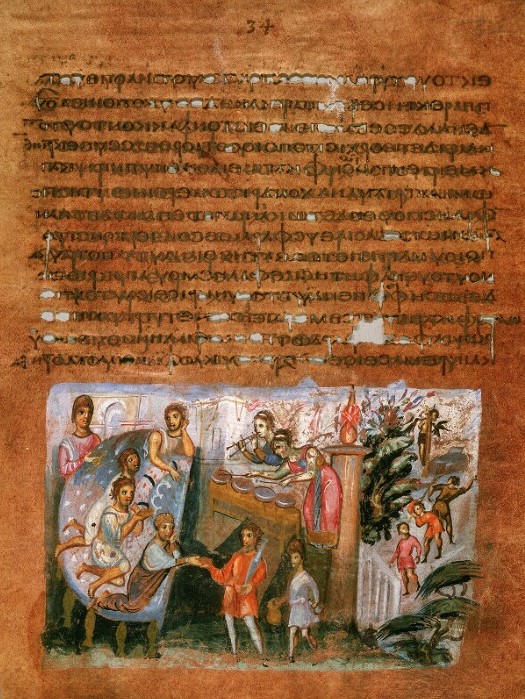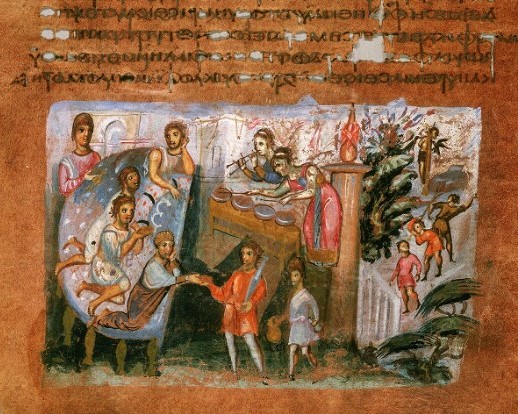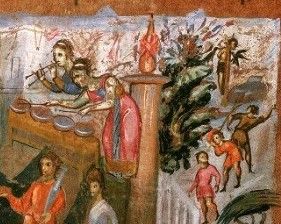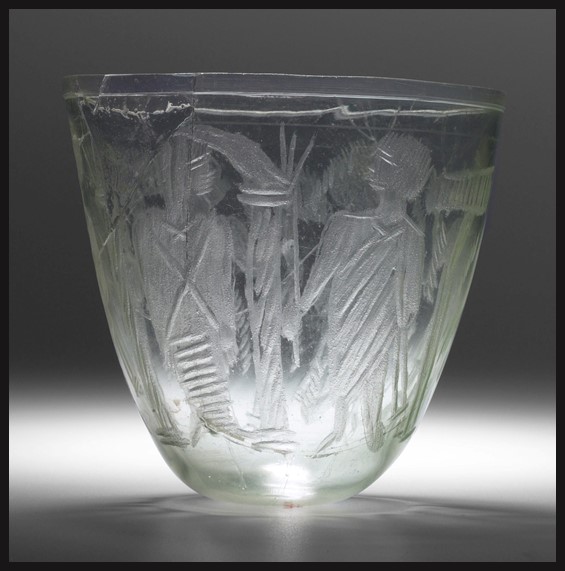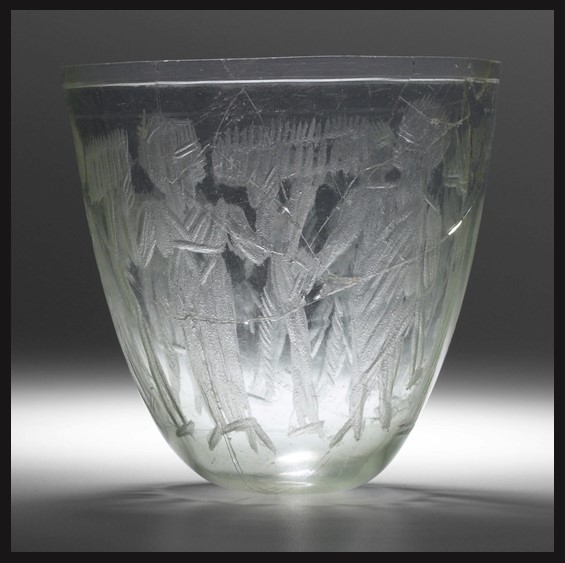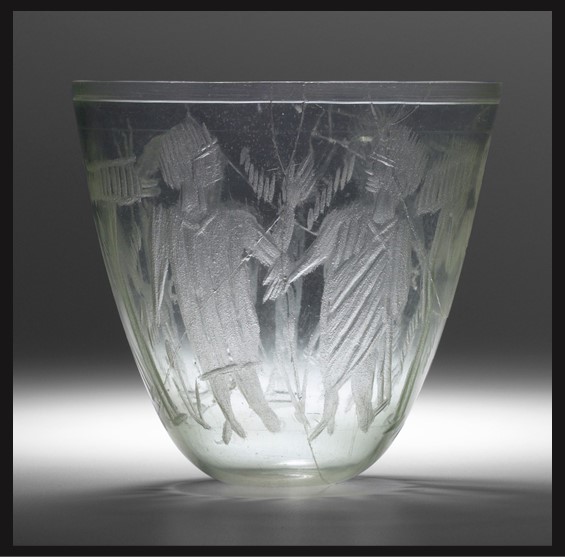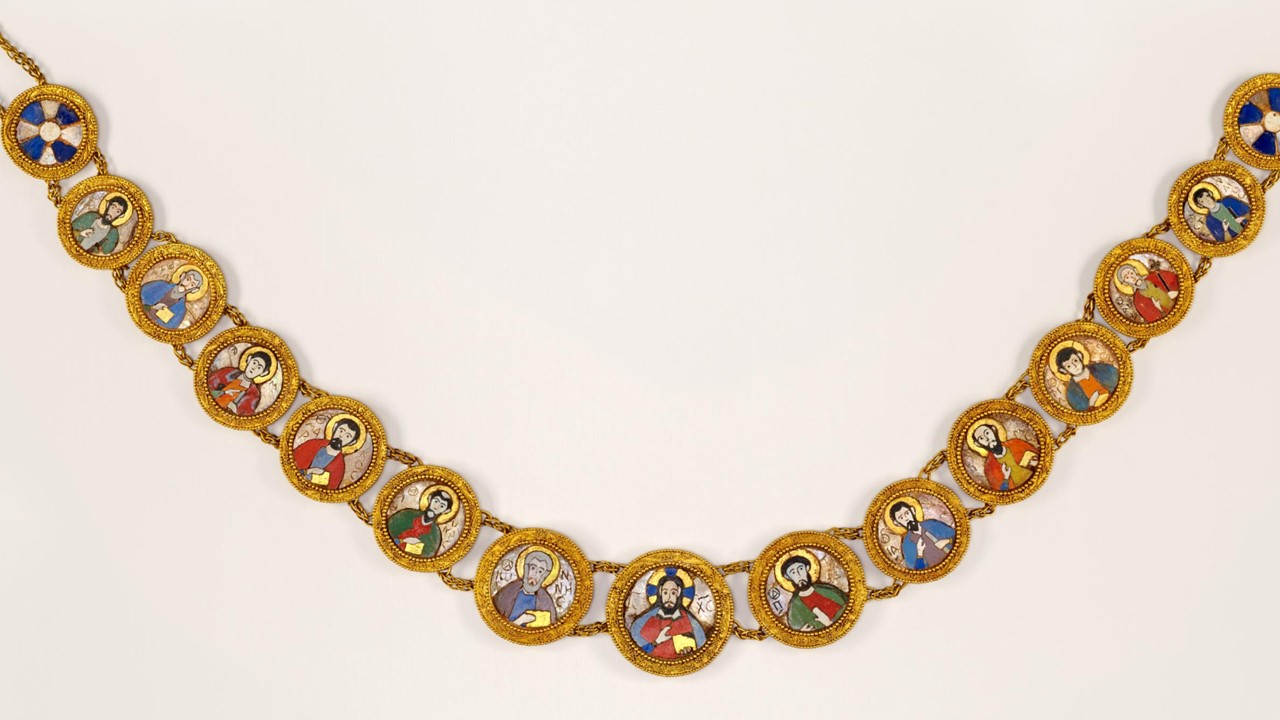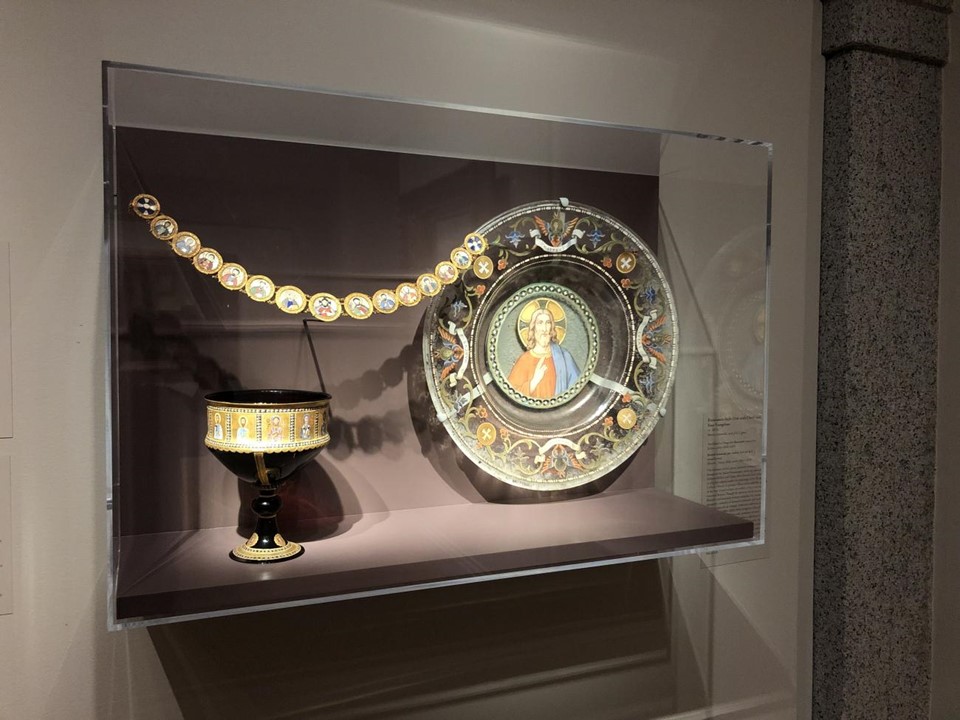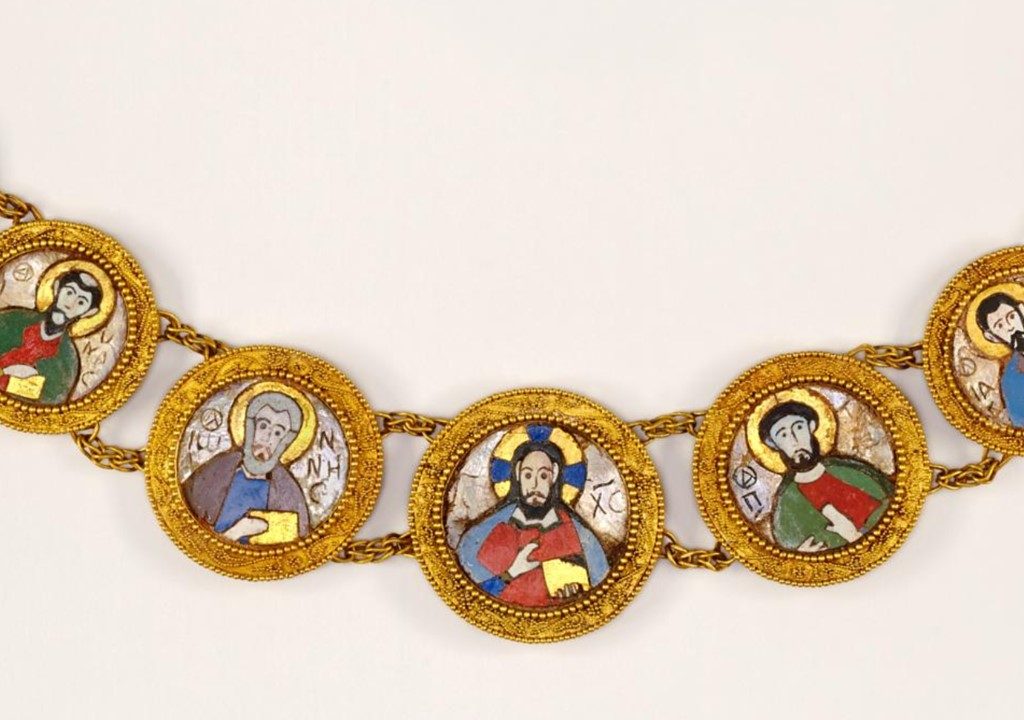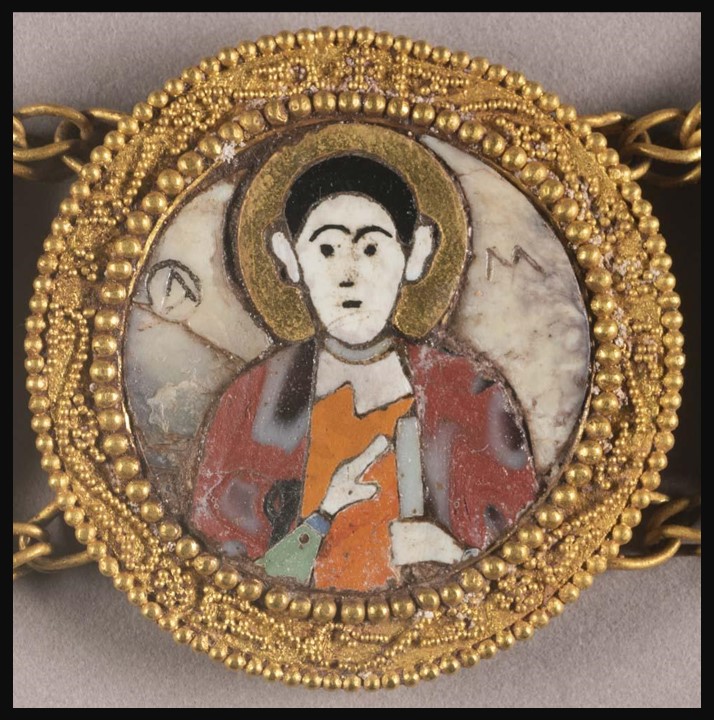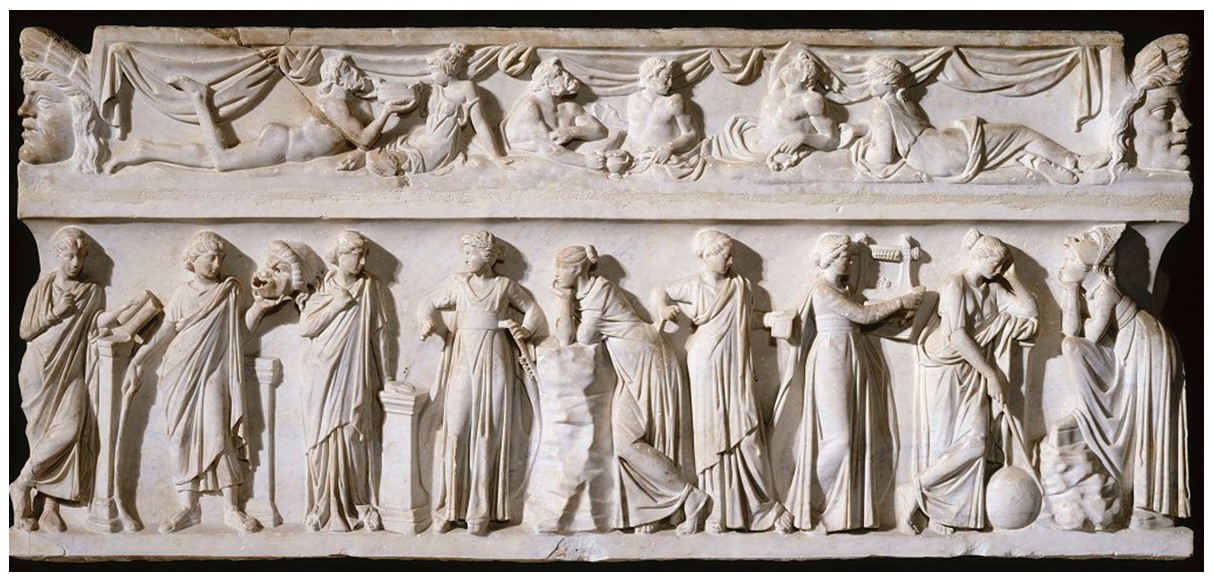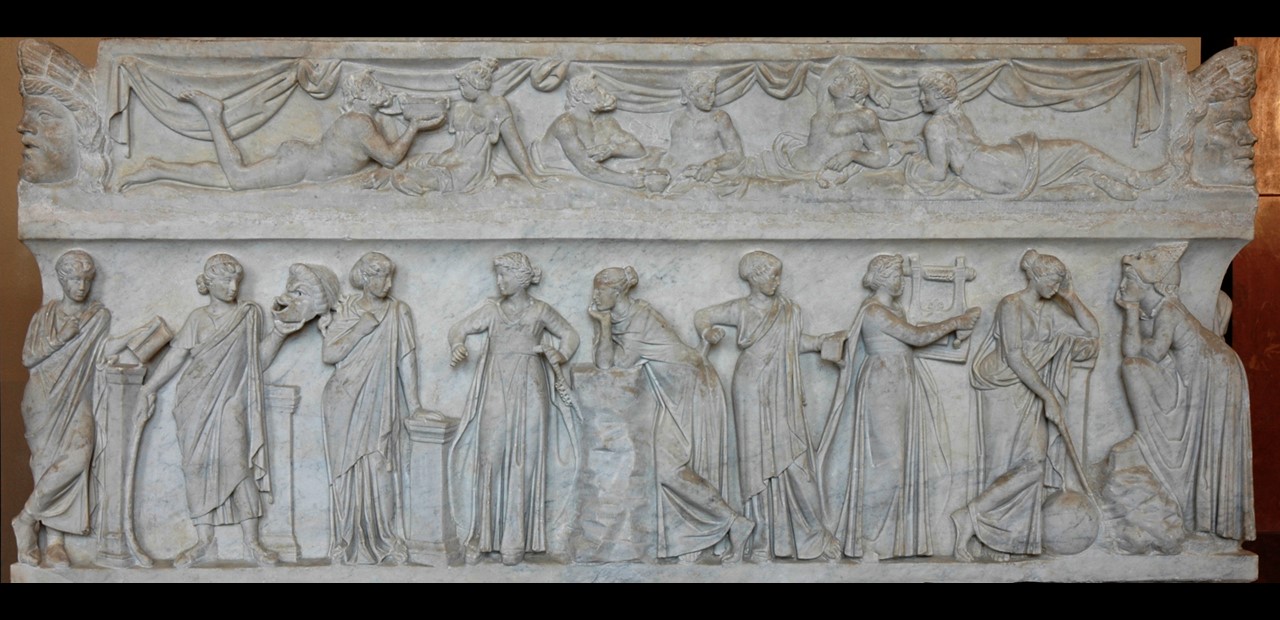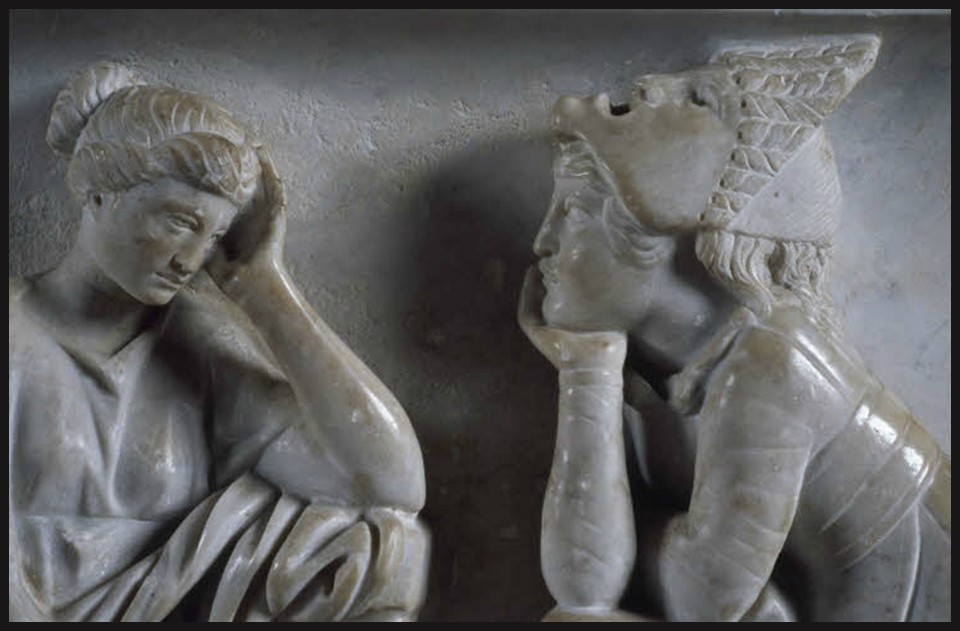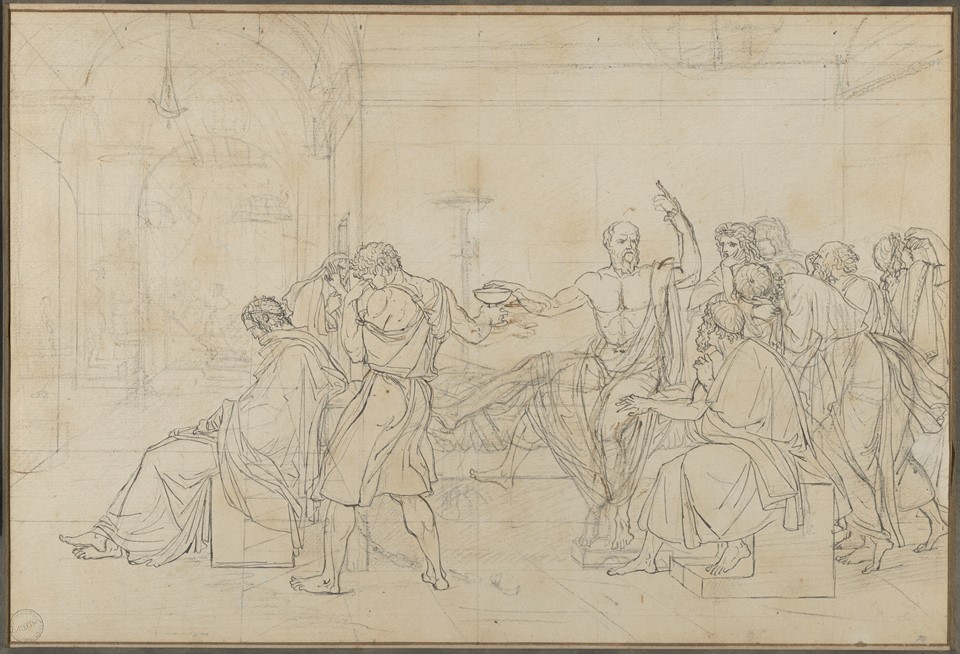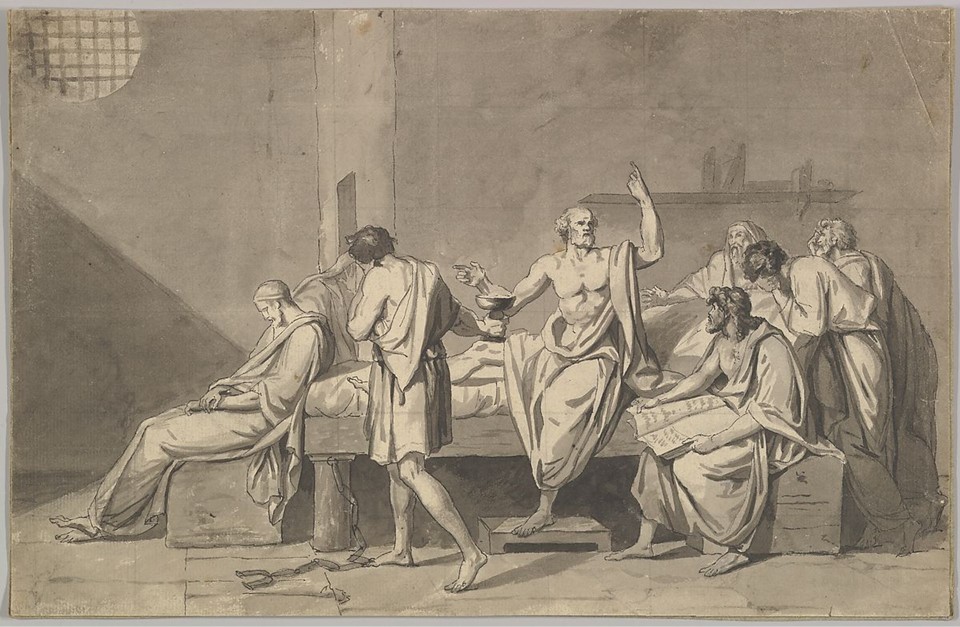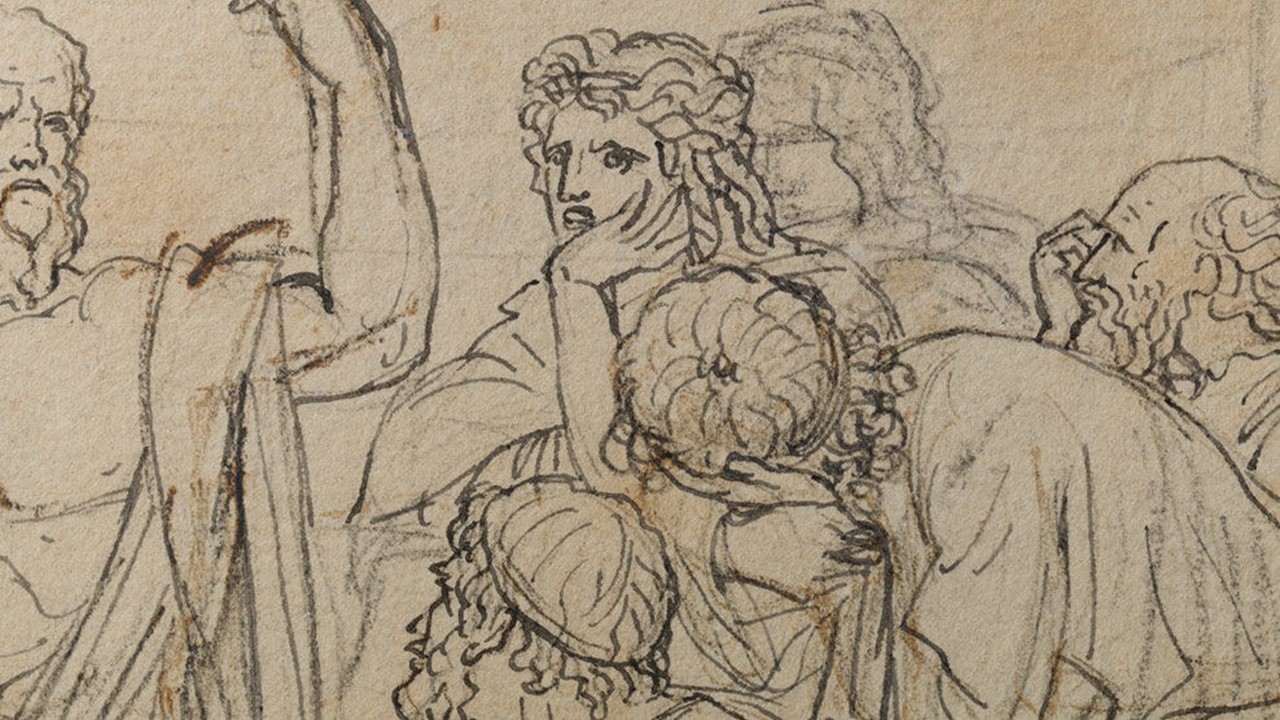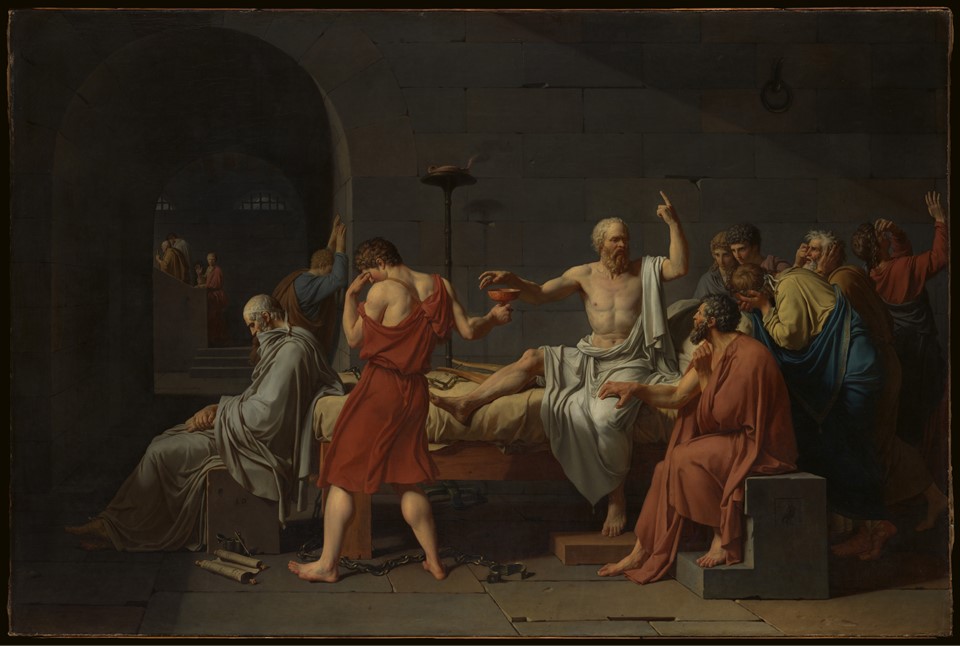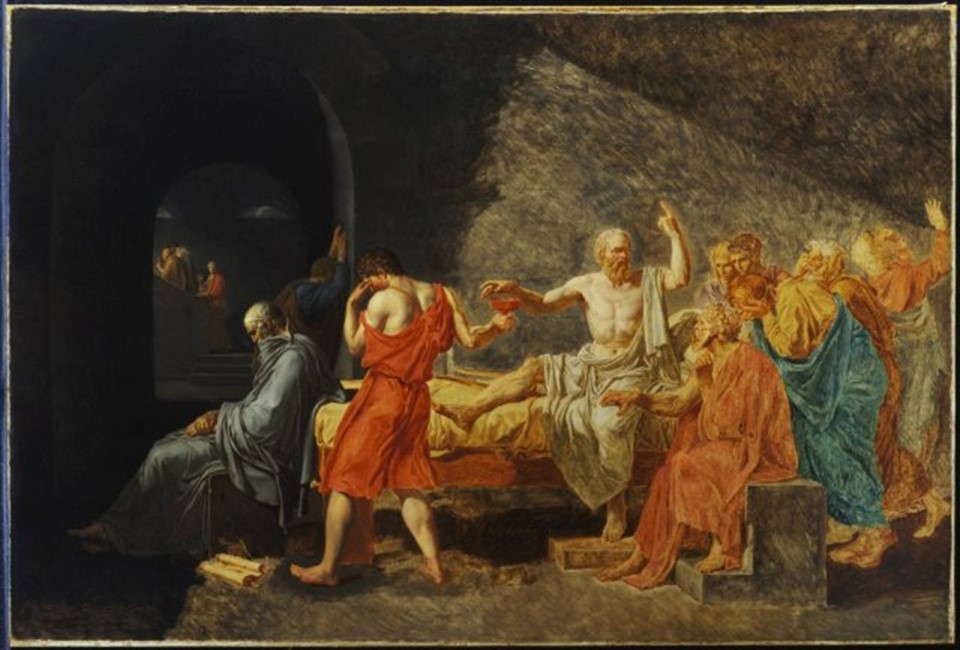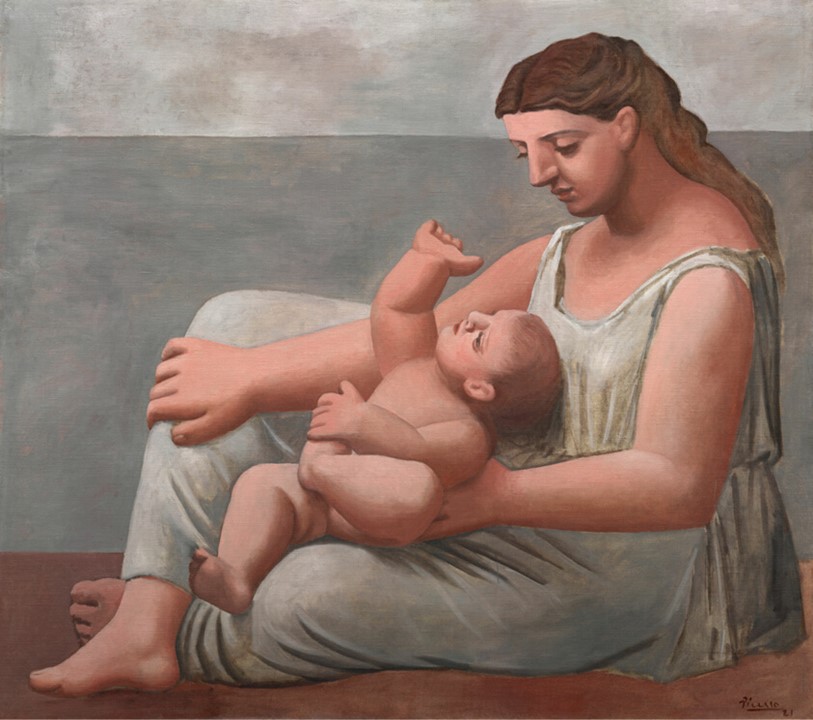
Mother and Child, ca. 1921, Oil on canvas, 142.9 × 172.7 cm, Art Institute, Chicago, IL, USA
https://www.artic.edu/artworks/109275/mother-and-child
Mother’s Day is an age-old tradition that can be traced back to the ancient Greeks, who held spring festivities to honour Rhea, Μήτηρ θεών, the Mother of the Gods. Let’s celebrate Mother’s Day, the 8th of May in 2022, with a poem by Lola Ridge (1873-1941)… Your love was like moonlight / turning harsh things to beauty, / so that little wry souls / reflecting each other obliquely / as in cracked mirrors . . . / beheld in your luminous spirit / their own reflection, / transfigured as in a shining stream, / and loved you for what they are not… and the painting Mother and Child by Pablo Picasso at the Art Institute of Chicago… https://poets.org/poem/mother-1
Picasso’s painting of 1921 exhibited at the Art Institute of Chicago, depicting a Mother and Child has an interesting story to tell! More so, the relationship Picasso had with the Art Institute and the city of Chicago, a city the artist never visited, is interesting, and goes back in time! In 1913, for example, the Art Institute of Chicago became the first American art museum to present Picasso’s work when it hosted the Armory Show from March 24 to April 16. In 1923, a gift to the Institute by Robert Allerton, a businessman and Art Institute trustee, a drawing of a Young Woman and a Man (1905), became the first Picasso work of art to enter the Institute’s collection. In 1926, The Old Guitarist (1903–04), became the first Picasso painting to be put on permanent display, definitely a daring step at the time. In 1954, the Art Institute acquired Picasso’s painting Mother and Child (1921). Today, the Art Institute of Chicago has in its collection 357 works of art created by Pablo Picasso. https://www.timeout.com/chicago/art/the-art-institute-of-chicago-celebrates-picasso
The Picasso-Art Institute relationship gets especially interesting in 1968 when William Hartmann of the Skidmore, Owings & Merrill architect company, visited Picasso and showed him a photograph of the artist’s painting Mother and Child as exhibited at the Art Institute. Picasso, according to Stephanie D’Alessandro, Curator of Modern Art at the Art Institute on the 2013 Exhibit Picasso and Chicago, upon seeing the photograph disappeared and came back with a fragment of a painting depicting a seated man. Give this to Chicago. They’ll know what to do with it, the artist apparently said to Hartman. Picasso’s gift, the Art Institute experts realized, had once been part of the Mother and Child composition in the Institute’s collection. When we X-rayed the painting [to see the layers that had been painted over, D’Alessandro explained …we discovered that the man was originally dangling a fish over the child’s head. What a story… https://www.timeout.com/chicago/art/the-art-institute-of-chicago-celebrates-picasso
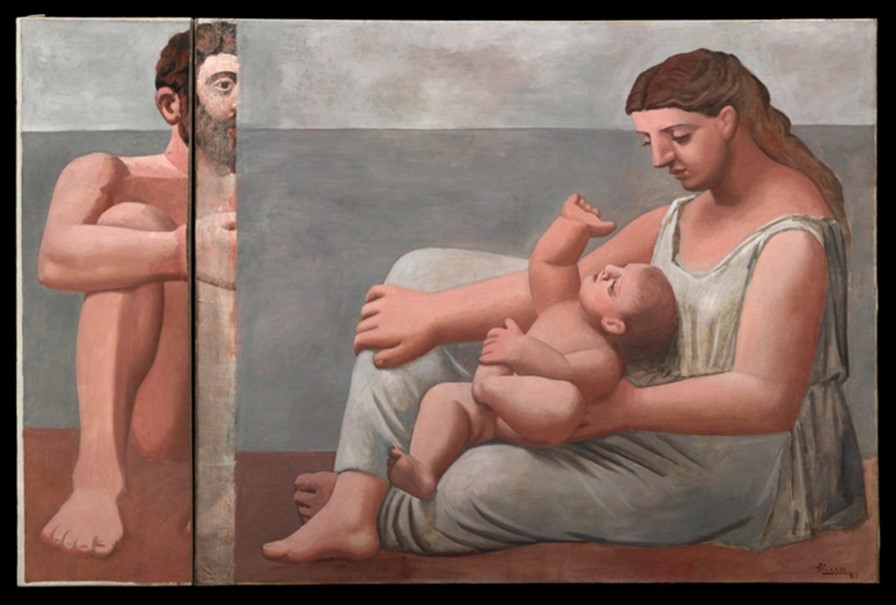
Mother and Child and Fragment of the “Father”, ca. 1921, Oil on canvas, 142.9 × 172.7 cm, Art Institute, Chicago, IL, USA
https://www.artic.edu/artworks/109275/mother-and-child
Between 1921 and 1923, when the Chicago painting of Mother and Child was created, Picasso was a happy man! He was married to Olga Khokhlova, a Russian dancer of the Ballets Russes of Sergei Diaghilev, and the father of a boy named Paulo (Paul, b. February 4, 1921). During this relaxed period of time, Picasso produced according to the Art Institute experts, at least twelve works on the subject of mothers and children, returning to a theme that he had explored during his Blue Period. But whereas those figures are frail and anguished, his classical-period figures, with their sculptural modeling and solidity, are majestic in proportion and feeling. The 1921-1923 paintings were influenced by ancient Roman Art monumentality, figurative Renaissance frescoes, the finely modeled odalisques of Jean-Auguste-Dominique Ingres, the late, oddly proportioned female nudes of Pierre-Auguste Renoir, and his own family life. https://www.artic.edu/artworks/109275/mother-and-child
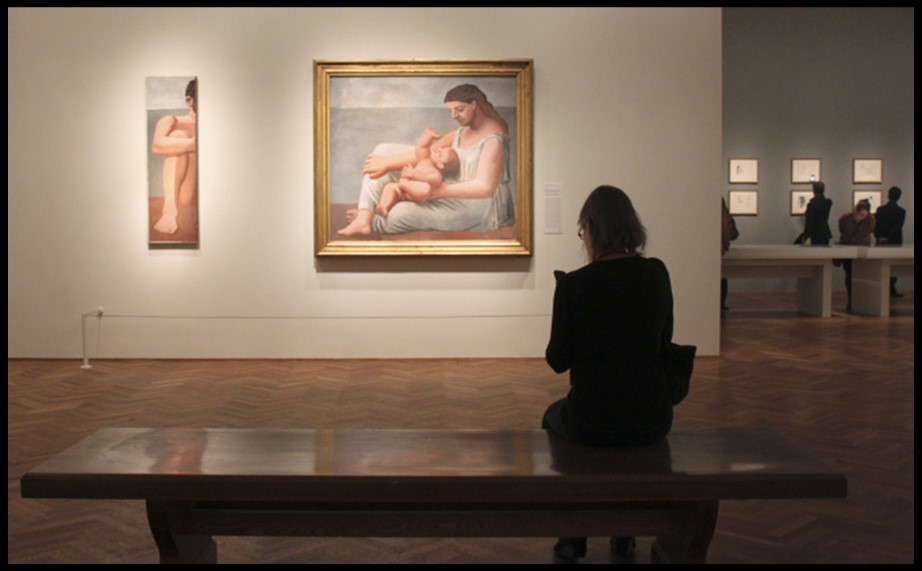
Mother and Child and Fragment of Mother and Child (as presented in the Art Institute of Chicago 2013 Exhibition Picasso and Chicago), ca. 1921, Oil on canvas, 142.9 × 172.7 cm, Art Institute, Chicago, IL, USA
Photo Credit: https://www.dallasnews.com/arts-entertainment/travel/2013/03/09/exhibit-looks-at-chicagos-love-affair-with-picasso/
The Mother and Child painting by Pablo Picasso at the Art Institute of Chicago is majestic in proportion and feeling. The depicted infant sits on the mother’s lap and reaches up to touch her. The woman, dressed in a Grecian gown, gazes intently at her child. Behind them stretches a simplified background of sand, water, and sky. Picasso’s treatment of the pair is not sentimental, but the relationship expresses the serenity and stability that characterized his own life at this time. https://www.artic.edu/artworks/109275/mother-and-child
For a PowerPoint on the 1921-1923 theme of Picasso’s Mother and Child, please… Click HERE!
